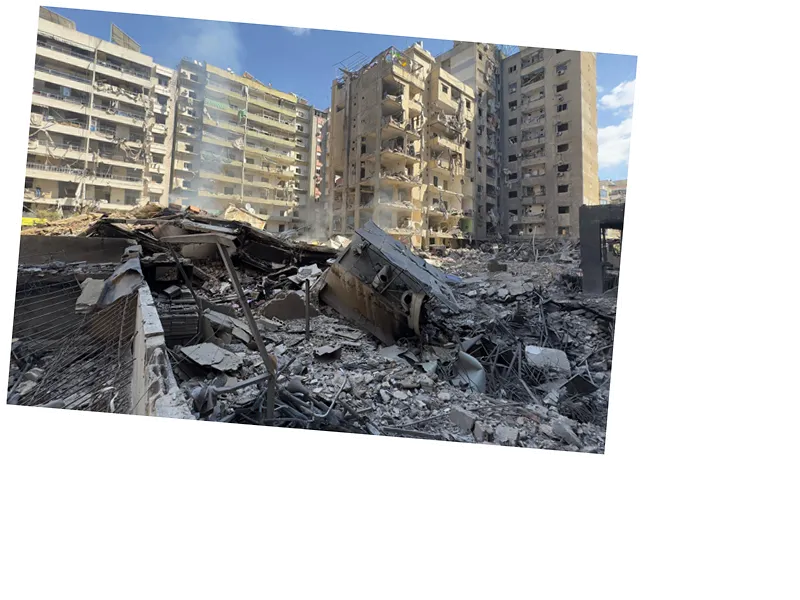Understanding the Dahiya Doctrine
The Dahiya Doctrine, named after the southern suburb of Beirut, has emerged as a controversial military strategy employed by Israel since the 2006 Lebanon War. This doctrine advocates for the disproportionate destruction of civilian infrastructure to deter hostile groups, such as Hezbollah and Hamas. Following a recent airstrike that resulted in significant civilian casualties, including the death of Hezbollah's leader Hassan Nasrallah, the implications of this doctrine have come under intense scrutiny.
Historical Context and Implementation
The origins of the Dahiya Doctrine can be traced back to Israel's extensive military operations in Lebanon, particularly the 2006 conflict, which resulted in over 1,000 deaths and widespread destruction of civilian infrastructure. Israeli military leaders, including Gadi Eisenkot, have openly stated that such tactics will continue to be employed in future conflicts. This has been evident in subsequent operations in Gaza, where civilian areas have been systematically targeted, leading to severe humanitarian crises and accusations of war crimes under international law.
The Global Response and Consequences
Despite widespread condemnation from various international bodies regarding Israel's military tactics, including the targeting of civilians and infrastructure, support from Western nations remains steadfast. This ongoing support raises ethical questions about the international community's role in addressing violations of human rights and international law. As the Dahiya Doctrine continues to inflict suffering on civilians in Lebanon and Gaza, activists and human rights organizations are calling for a reevaluation of global policies towards Israel, urging a unified stance against the normalization of such military strategies.





